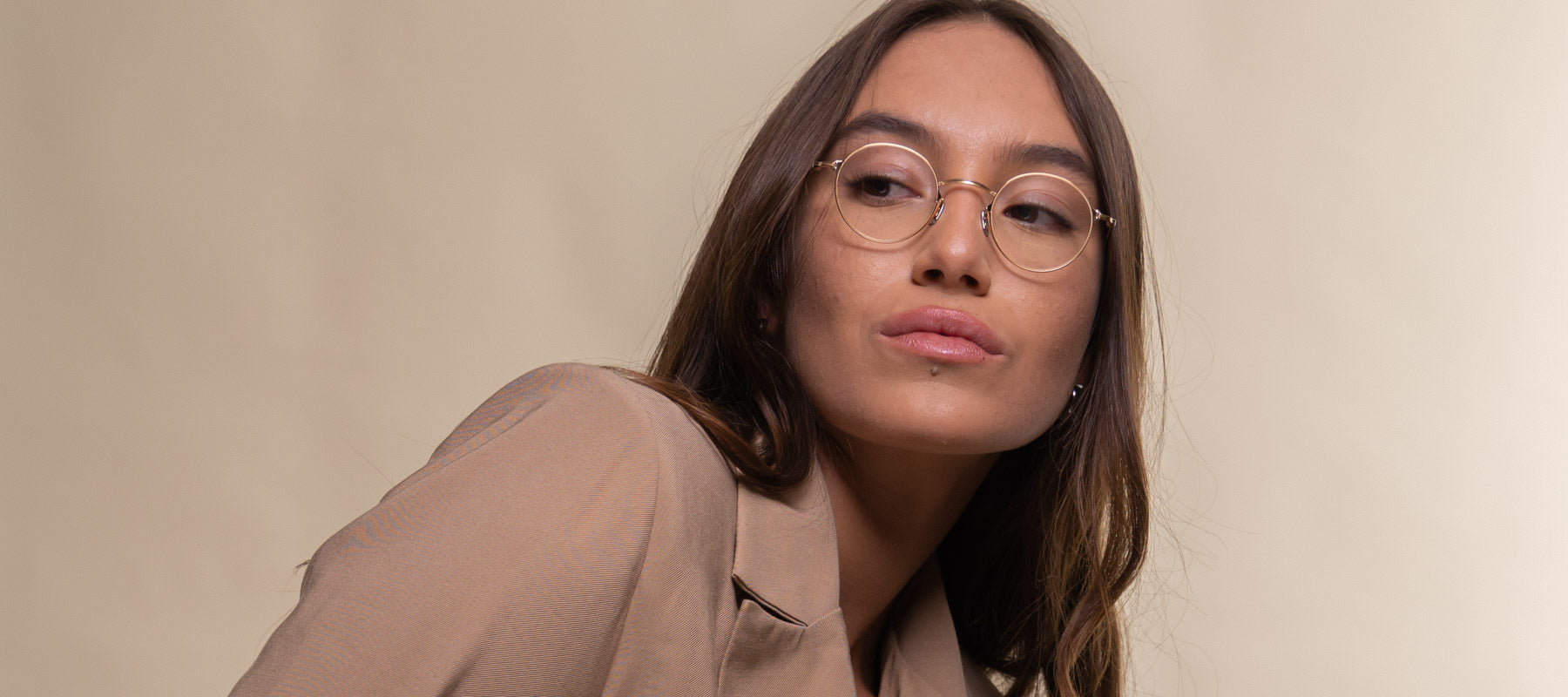
Where Tradition and Innovation Align: Spotlight on Eyevan Eyewear
The story of Eyevan eyewear is the story of more than a century of innovation and evolution, when founder Yamamoto Kogaku launched the Yamamoto Optical Lens Manufacturing Co. in 1911. Yamamoto would spend the better part of the century perfecting his craft as one of Japan’s leading producers of protective eyewear.
It was in the early 1970s that the brand that would eventually become Eyevan would take its next great leap forward. In 1972, the company would expand its purview, moving into the design and manufacture of high-quality spectacles and sunglasses for the consumer market. But these were not to be your grandfather’s eyewear. Their purpose was to be far more than simply utilitarian.  Rather, under the leadership of Kensuke Ishizu, popularly referred to as “the Godfather of Japanese prep,” the evolving brand would be rooted in the ethos that specs and sunglasses were not merely tools–they were a fashion accessory. And, therefore, the Yamamoto Optical Lens Manufacturing Co. became Eyevan and a new era in eyewear began.
Rather, under the leadership of Kensuke Ishizu, popularly referred to as “the Godfather of Japanese prep,” the evolving brand would be rooted in the ethos that specs and sunglasses were not merely tools–they were a fashion accessory. And, therefore, the Yamamoto Optical Lens Manufacturing Co. became Eyevan and a new era in eyewear began.
Eyevan and the Ivy
The metamorphosis of the Yamamoto company into Eyevan in the early 1970s was occasioned by a fortuitous partnership between the nascent brand and Van Jacket, a men’s clothing brand headed by Kensuke. Envisioning the brand as a complement to the Van Jacket brand, Kensuke channeled his years of experience as an undergraduate student in the US in the 1950s into his now famous eyewear designs.  Adapting the quintessentially preppy aesthetic of Ivy League campuses of his youth for a Japanese audience, the Eyevan “Ivy” look transformed Japanese eyewear. It was a seismic shift that would send shockwaves around the globe. By the time Eyevan made its historic debut at Optic Fair West in Anaheim, California in 1985, the brand was already appearing on the faces of some of the world’s most iconic celebrities, including Madonna, who famously appeared on the cover of People magazine sporting a pair of Eyevan shades around this time. So great was the buzz around the brand that it even scored a write-up in The New York Times.
Adapting the quintessentially preppy aesthetic of Ivy League campuses of his youth for a Japanese audience, the Eyevan “Ivy” look transformed Japanese eyewear. It was a seismic shift that would send shockwaves around the globe. By the time Eyevan made its historic debut at Optic Fair West in Anaheim, California in 1985, the brand was already appearing on the faces of some of the world’s most iconic celebrities, including Madonna, who famously appeared on the cover of People magazine sporting a pair of Eyevan shades around this time. So great was the buzz around the brand that it even scored a write-up in The New York Times.
It’s not difficult to understand why. The preppy look that is so characteristic of the Eyevan aesthetic is also very much a timeless one. Consider, for example, the 186, with its absolute round silhouette, featuring a flat mineral glass lens, paired with slick and lightweight titanium, finished off with a subtle deocrated eyewire. Their mid-century modern, prep-inspired style statement still looks fresh and classically cool in the 21st century.
Blending Tradition and Innovation in Japanese Design
The aesthetics of the Eyevan brand aren’t the only thing that sets it apart. As important as the look of the spectacles and sunglasses is the tradition of Japanese craftsmanship it carries on.
This is why Eyevan continues to design and create every pair of sunglasses and spectacles in Sabae-Fukui, Japan, the birthplace of modern eyewear. Their designs are drawn by hand and inspired not only by the classicism of the American Ivy League but also by the far older traditions of Japanese aesthetics and artisanry.  The clean, sleek lines that feature so prominently in the Eyevan brand are at once timeless and ultra modern. They’re also very much in line with Japanese style. The simplicity of the design aesthetic also speaks to the combined utilitarianism and aestheticism for which the brand was created.
The clean, sleek lines that feature so prominently in the Eyevan brand are at once timeless and ultra modern. They’re also very much in line with Japanese style. The simplicity of the design aesthetic also speaks to the combined utilitarianism and aestheticism for which the brand was created.
These are sunglasses that are meant to serve a purpose while at the same time looking eternally stylish. They’re meant to be worn all day, in all seasons, and through all life’s activities and environments. Thus, they’re lightweight, easy to wear, and forever classic. They’re also meant to fit a variety of face shapes and sizes, making them ideal for Western and East Asian wearers alike.
The Unique Wonder of Hand Craftsmanship
Eyevan was created not only to be a unique amalgamation of the East and the West, a blending of modernity and tradition. It was also meant to exemplify the unique value of hand craftsmanship and to serve as a powerful antidote to the soulless anonymity of mass production. From the brand’s inception as Eyevan, Kensuke and his team were committed to carrying on the legacy of superior handcrafted manufacturing that had characterized the original Yamamoto company.
Basing the brand’s design and manufacturing processes in Sabae, Japan enables the company to remain true to its values, its commitments, and its promise to create only the highest quality eyewear, to produce sunglasses and spectacles that are as unique as they are stylish. Consider, for instance, the painstaking labor that goes into the fabrication of the 717E line, arguably among the most beautiful and best quality sunglasses made today. The rare quality of the Eyevan brand is rooted in generations of tradition, with each pair meticulously crafted in Sabae workshops by master artisans, many of whom learned their craft at the knees of parents and grandparents before them. This commitment to excellence also extends into the choice of materials, as with the 717E line, which is made from the finest surgical-grade titanium steel. Likewise, Eyevan lenses are made of mineral glass, which gives them unparalleled visual clarity and sharpness.
The rare quality of the Eyevan brand is rooted in generations of tradition, with each pair meticulously crafted in Sabae workshops by master artisans, many of whom learned their craft at the knees of parents and grandparents before them. This commitment to excellence also extends into the choice of materials, as with the 717E line, which is made from the finest surgical-grade titanium steel. Likewise, Eyevan lenses are made of mineral glass, which gives them unparalleled visual clarity and sharpness.
Unique Eyewear That’s Easy on the Eyes–And Earth
As profound as Eyevan’s commitment to its customers is, the brand is also motivated by another commitment, one that runs just as deep. The premium materials from which Eyevan sunglasses and specs are made result in fashionable and high quality eyewear. But that’s not all. Eyevan’s manufacturing processes and their choice of materials aren’t just good for consumers. They’re also good for the environment.
Their Japanese acetates, for example, derive from plant-based materials, which gives them a moldability, color saturation, and durability that can’t be found in synthetic plastics. Best of all, because they’re made from renewable sources, these plant-based acetates are profoundly earth-friendly.
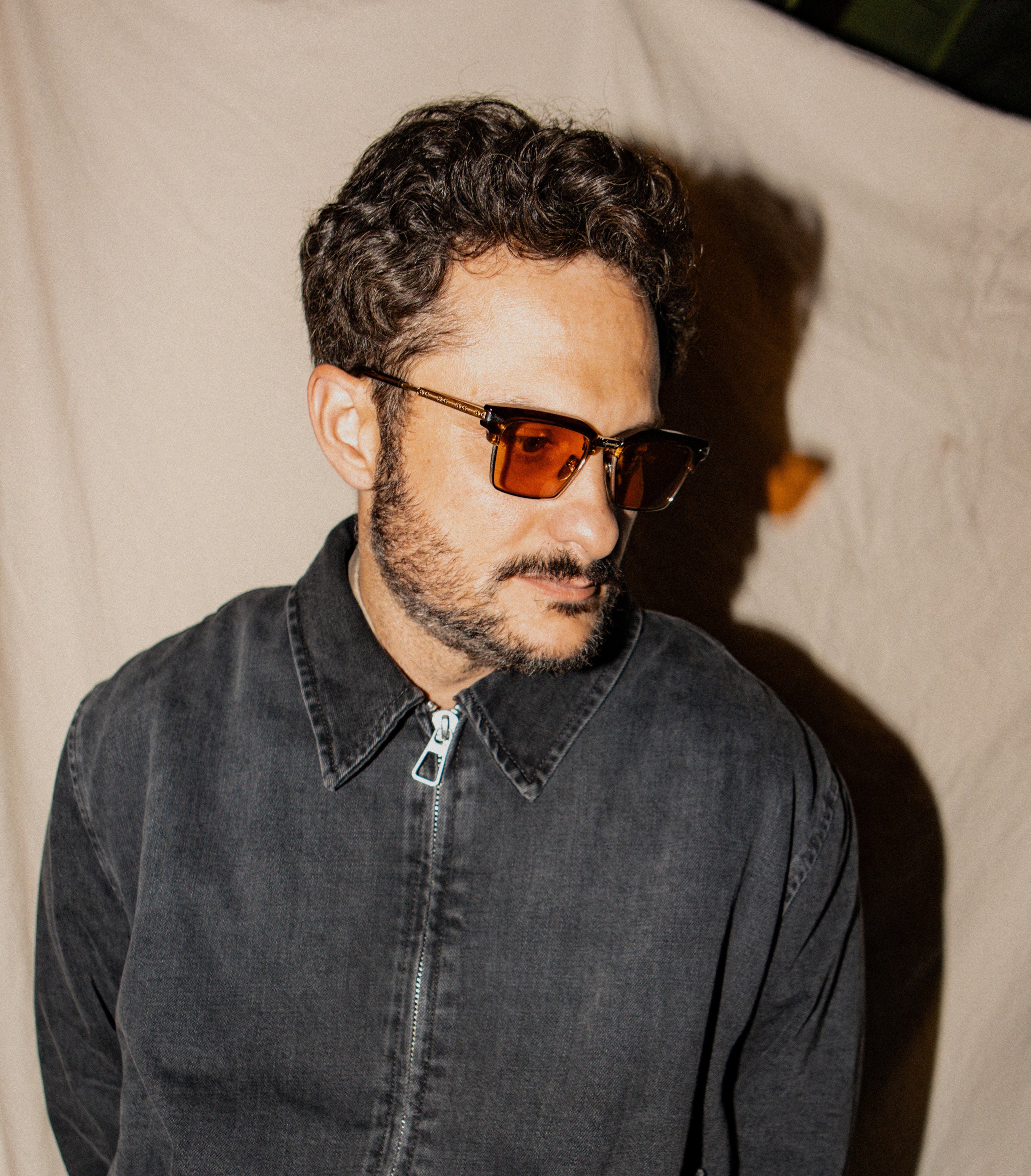
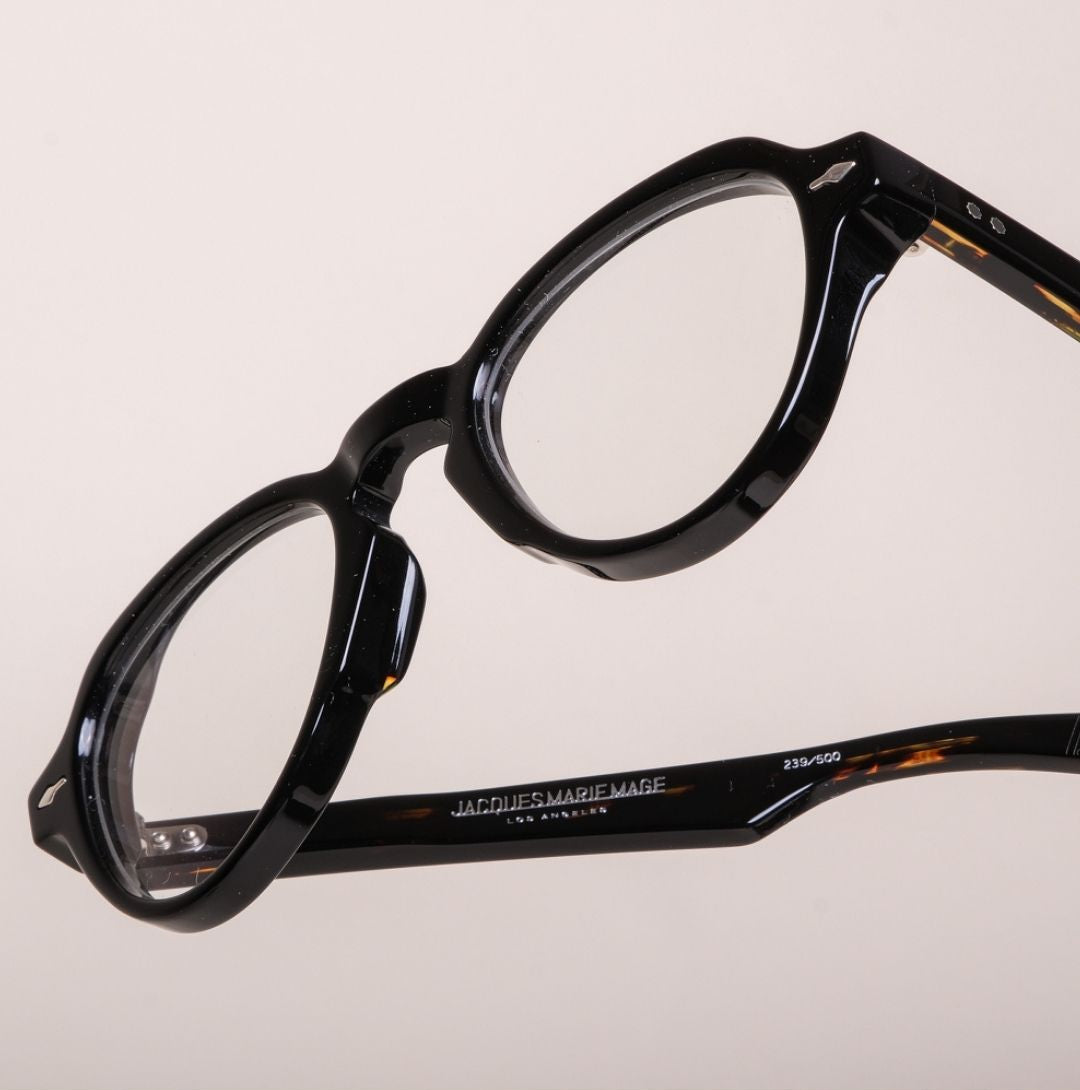
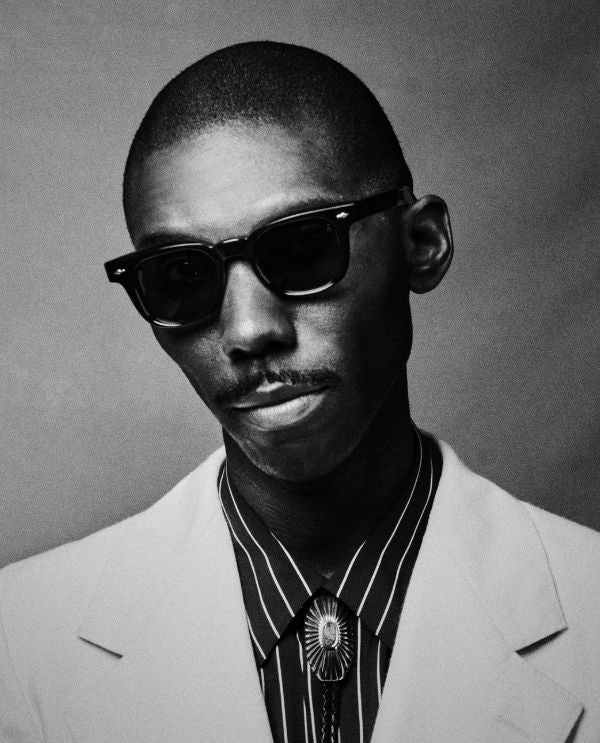
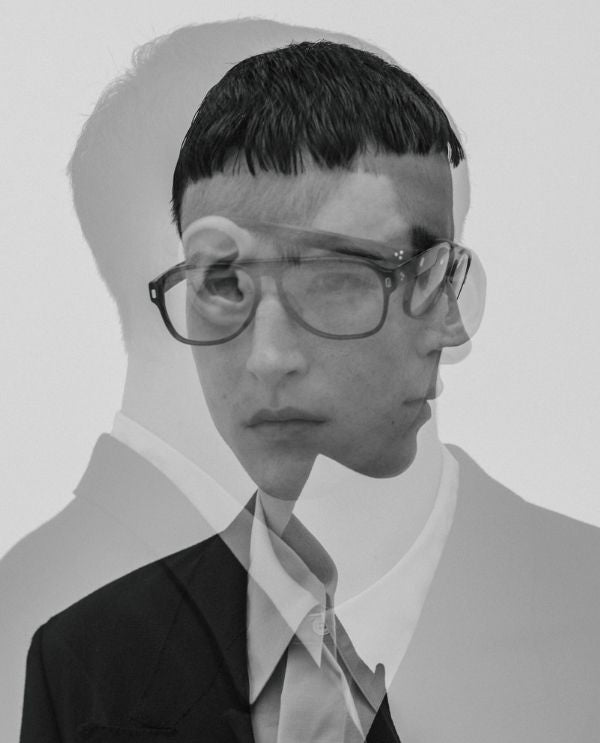



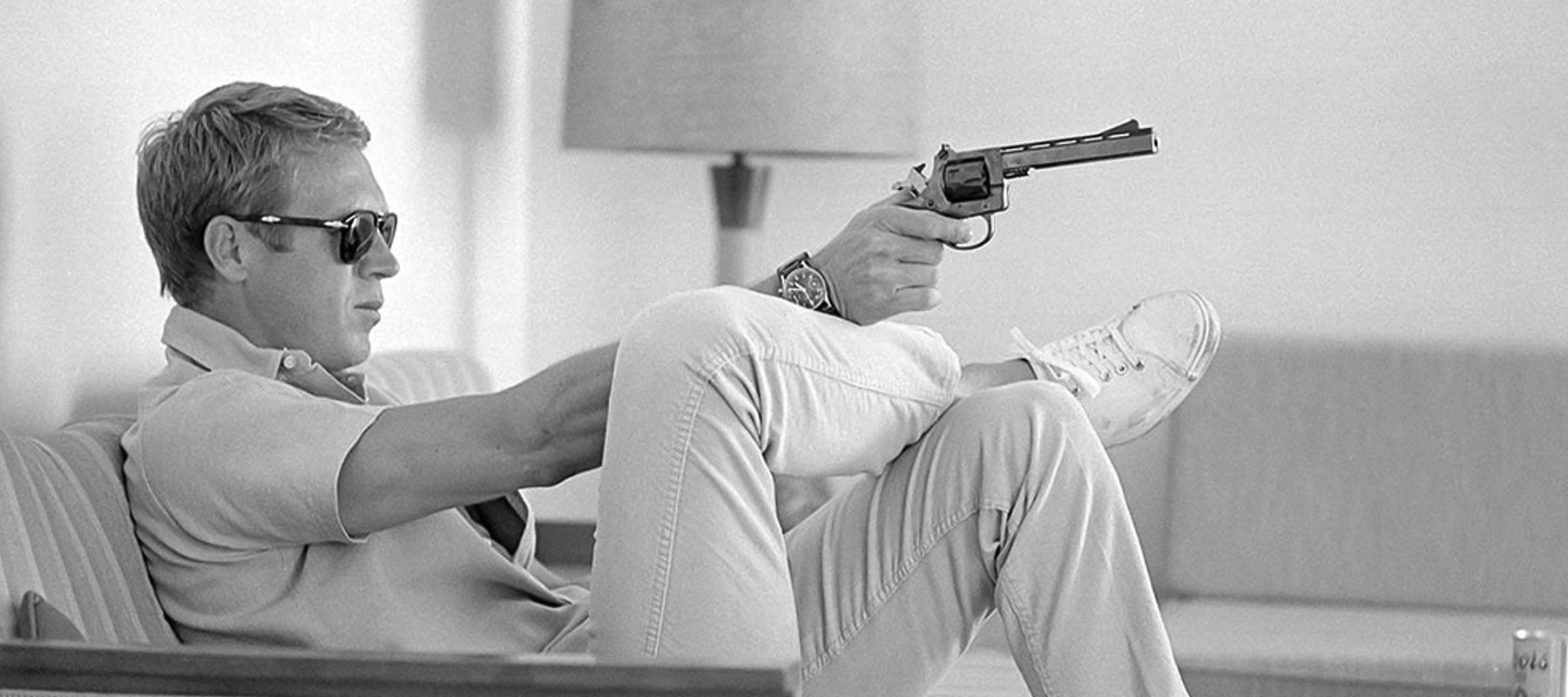
Leave a comment
This site is protected by hCaptcha and the hCaptcha Privacy Policy and Terms of Service apply.